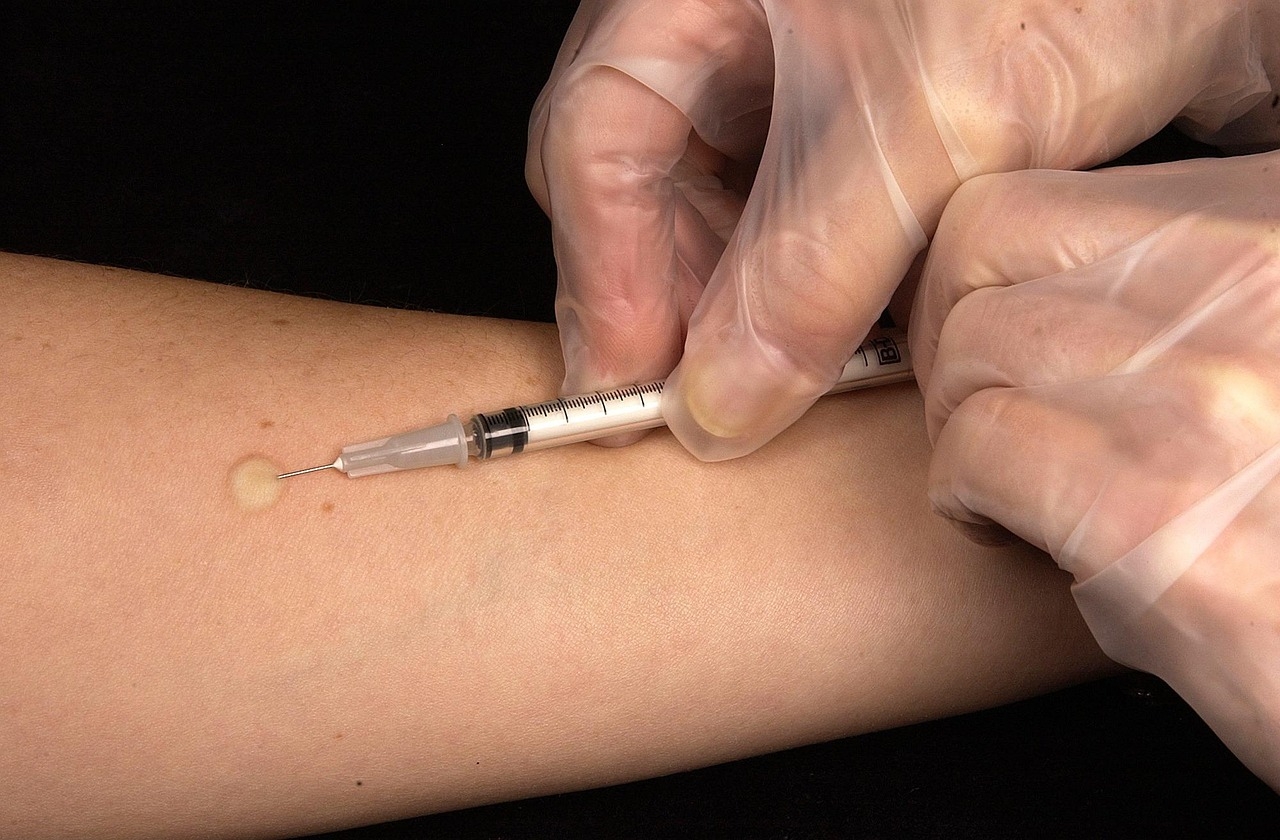We reach more than 65,000 registered users in Dec!! Register Now

New molecular label could lead to simpler, faster tuberculosis tests
- June 30, 2025
- 1 Views
- 0 Likes
- 0 Comment
Tuberculosis, the world’s deadliest infectious disease, is estimated to infect around 10 million people each year, and kills more than 1 million annually. Once established in the lungs, the bacteria’s thick cell wall helps it to fight off the host immune system.
Much of that cell wall is made from complex sugar molecules known as glycans, but it’s not well-understood how those glycans help to defend the bacteria. One reason for that is that there hasn’t been an easy way to label them inside cells.
MIT chemists have now overcome that obstacle, demonstrating that they can label a glycan called ManLAM using an organic molecule that reacts with specific sulfur-containing sugars. These sugars are found in only three bacterial species, the most notorious and prevalent of which is Mycobacterium tuberculosis, the microbe that causes TB.
After labeling the glycan, the researchers were able to visualize where it is located within the bacterial cell wall, and to study what happens to it throughout the first few days of tuberculosis infection of host immune cells.
The researchers now hope to use this approach to develop a diagnostic that could detect TB-associated glycans, either in culture or in a urine sample, which could offer a cheaper and faster alternative to existing diagnostics. Chest X-rays and molecular diagnostics are very accurate but are not always available in developing nations where TB rates are high. In those countries, TB is often diagnosed by culturing microbes from a sputum sample, but that test has a high false negative rate, and it can be difficult for some patients, especially children, to provide a sputum sample. This test also requires many weeks for the bacteria to grow, delaying diagnosis.
“There aren’t a lot of good diagnostic options, and there are some patient populations, including children, who have a hard time giving samples that can be analyzed. There’s a lot of impetus to develop very simple, fast tests,” says Laura Kiessling, the Novartis Professor of Chemistry at MIT and the senior author of the study.
MIT graduate student Stephanie Smelyansky is the lead author of the paper, which appears this week in the Proceedings of the National Academy of Sciences. Other authors include Chi-Wang Ma, an MIT postdoc; Victoria Marando PhD ’23; Gregory Babunovic, a postdoc at the Harvard T.H. Chan School of Public Health; So Young Lee, an MIT graduate student; and Bryan Bryson, an associate professor of biological engineering at MIT.
Labeling glycans
Glycans are found on the surfaces of most cells, where they perform critical functions such as mediating communication between cells.In bacteria, glycans help the microbes to enter host cells, and they also appear to communicate with the host immune system, in some cases blocking the immune response.
“Mycobacterium tuberculosis has a really elaborate cell envelope compared to other bacteria, and it’s a rich structure that’s composed of a lot of different glycans,” Smelyansky says. “Something that’s often underappreciated is the fact that these glycans can also interact with our host cells. When our immune cells recognize these glycans, instead of sending out a danger signal, it can send the opposite message, that there’s no danger.”
Glycans are notoriously difficult to tag with any kind of probe, because unlike proteins or DNA, they don’t have distinctive sequences or chemical reactivities that can be targeted. And unlike proteins, they are not genetically encoded, so cells can’t be genetically engineered to produce sugars labeled with fluorescent tags such as green fluorescent protein.
List of Referenes
- Stephanie R. Smelyansky, Chi-Wang Ma, Victoria M. Marando, Gregory H. Babunovic, So Young Lee, Bryan D. Bryson, Laura L. Kiessling. Exploiting thioether reactivity to label mycobacterial glycans. Proceedings of the National Academy of Sciences, 2025; 122 (19) DOI: 10.1073/pnas.2422185122
Cite This Article as
No tags found for this post









